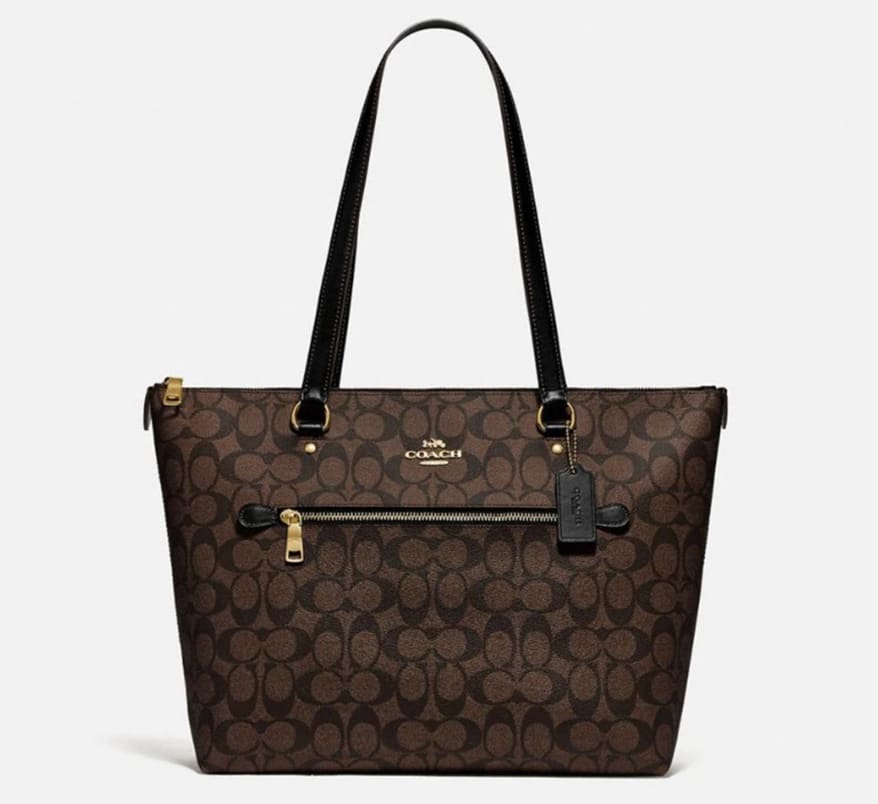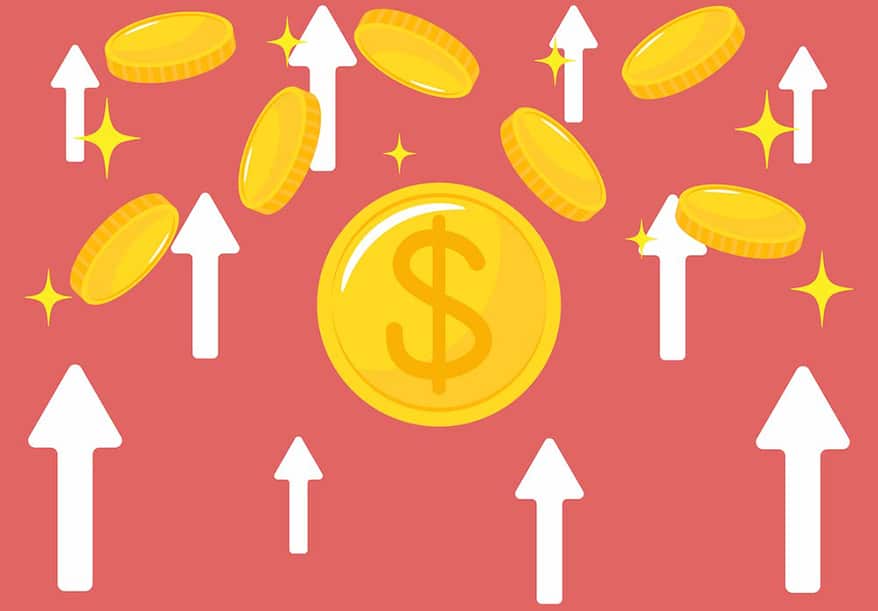REMEMBER ME? I’M the person who’s been badgering you to consider raising your prices for so many good reasons:
- Your business will earn a higher profit.
- You can help protect against any hidden “gotchas” in the production/shipping process.
- You will be able to invest more money in better people and equipment.
Now that we’re on the same page (pun intended) with selling at a higher price, let’s look at why simply raising your price might actually allow you to sell more signs to existing and new clients.
As I alluded to in previous columns, I’m an unapologetic economics nerd, and here’s the thing: A concept in econ called “price elasticity” affects every person who has ever bought either gasoline or a Coach bag. It’s an important concept for sign shop owners to grasp in order to maximize their companies’ net income.
If a product is “price elastic,” that means that it is viewed like a commodity — gasoline, for example. The product is so similar (or identical) to someone else’s that a small decrease in price will cause a buyer to go across the street to save some money. The product is not differentiated enough to warrant even a moderately higher price.

On the other hand, if a product is “price inelastic,” that means that it can be viewed as a “luxury” or “high-end” product — a Coach bag — for instance, and one that can command a higher price. Even if a buyer knows she can get a similar product for a lower price, she still wants to buy your product because of either a higher perceived value or simply the status of buying from a company with a luxury reputation.
Advertisement
Why do you care? Don’t you want to sell Coach bags and not gas? I know I do! It’s always best to hitch your horse to the “inelastic price” wagon every day of the week. In this way, you remove yourself and your company from the lesser competition and can name your price (within boundaries). This will increase your profitability more than almost any other action you can take.
What’s the catch? Ah yes, there’s always a catch. And here it is:
You Must Back It Up!
You must be able to prove that what you are selling is, in fact, a Coach bag (a luxury item with no easy comparisons). You must show that your product is better in at least one — and preferably many — ways than your competitors.
How can this be accomplished if you’re not already doing it? Look at your team and your equipment. Examine your core values and what makes your company unique:
- Do you have friendly, professional and communicative employees?
- Do you have equipment that is faster, higher quality, different than your competitors’?
- Do you have a process that makes your company faster or better than everyone else?
- Do you offer a wide variety of products and services that makes you a “one stop shop?”
- Do you have a robust website and portals where clients can easily order from you?
- Do you have a great feedback system that makes it straightforward for clients to let you know about their experiences?
- Do you have happy clients who go online and give you five-star reviews?
You don’t necessarily need all of these; my list is not exhaustive either. There are plenty of ways to set your sign company apart from the competition. However, you do need some of them in order to command a higher price — something for which your clients are willing to pay extra.
While I mentioned this in a previous column, I believe it bears repeating:
Advertisement
Not Every Project or Client Is Worth Getting, Regardless of the Price.
You’re the person driving this train; you get to decide who rides with you. You choose your company’s “uniques” that set you apart, fit in best with your business model, and then purposefully attract those clients who want what you are offering.
Have I convinced you that charging a higher price is better and is achievable?
Good! Then in my next column, I’ll be doing a deeper dive into how you can either improve or create those “uniques” that will allow you to command a higher price in the sign market.
 Velvet R, iStock
Velvet R, iStock

 Tip Sheet1 week ago
Tip Sheet1 week ago
 Photo Gallery3 days ago
Photo Gallery3 days ago
 Ask Signs of the Times5 days ago
Ask Signs of the Times5 days ago
 Real Deal2 weeks ago
Real Deal2 weeks ago
 Benchmarks1 week ago
Benchmarks1 week ago
 Paula Fargo11 hours ago
Paula Fargo11 hours ago
 Photo Gallery11 hours ago
Photo Gallery11 hours ago
 Women in Signs2 weeks ago
Women in Signs2 weeks ago











